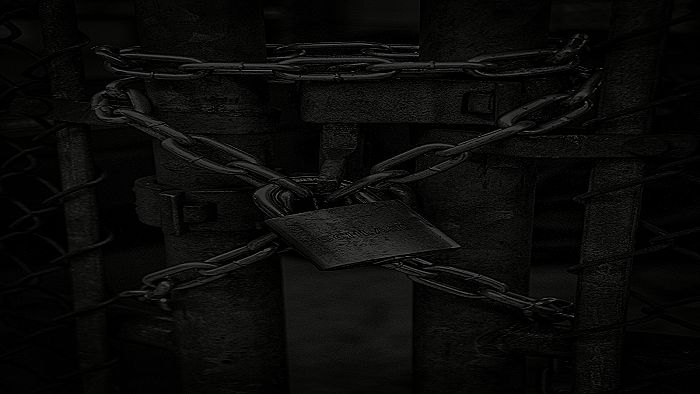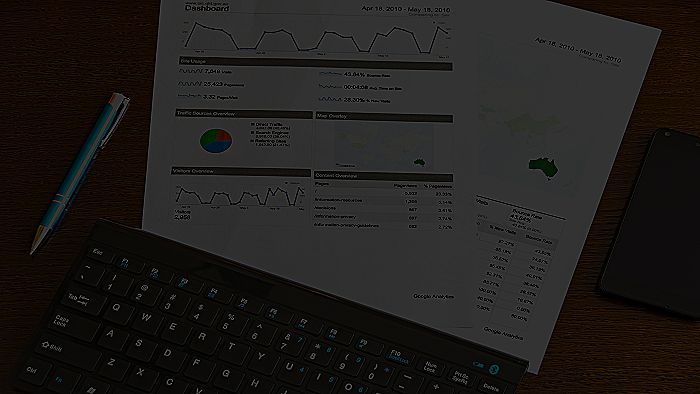Car insurance is a significant expense for most drivers, but it doesn't have to break the bank. With strategic planning and informed decisions, you can substantially reduce your premiums while maintaining the coverage you need to stay protected on the road.
This comprehensive guide shares proven strategies to lower your car insurance costs without compromising on the protection that matters most. We'll explore expert tips that insurance companies don't always advertise, helping you find the perfect balance between affordability and coverage.
Understanding What Impacts Your Car Insurance Rates
Before diving into money-saving strategies, it's important to understand the key factors that determine your premiums:
Driver-Specific Factors
- Driving history: Accidents, tickets, and claims all affect your rates
- Age and experience: Younger, less experienced drivers typically pay more
- Credit score: In most states, better credit means lower premiums
- Driving habits: How much and when you drive impacts your risk profile
Vehicle-Specific Factors
- Make and model: Cars with better safety ratings and lower repair costs are cheaper to insure
- Age of vehicle: Newer cars cost more to replace but may have better safety features
- Anti-theft features: Security systems can lower your risk of theft
- Safety technology: Advanced driver assistance systems may qualify for discounts
Policy-Specific Factors
- Coverage types and limits: Comprehensive, collision, liability, and their respective limits
- Deductibles: The amount you pay out-of-pocket before insurance kicks in
- Additional coverages: Roadside assistance, rental reimbursement, etc.
10 Effective Strategies to Lower Your Car Insurance Premiums
1. Shop Around and Compare Quotes
One of the most effective ways to save is simply to compare rates from multiple insurers:
- Get quotes from at least 3-5 companies: Rates can vary significantly between insurers for the same coverage
- Use comparison tools: Online comparison sites can simplify the process
- Re-shop annually: Rates change often, so check competitors before renewing
- Include both national and regional insurers: Smaller companies often offer competitive rates
2. Maximize Available Discounts
Most insurers offer various discounts, but you often need to ask for them specifically:
- Multi-policy discount: Bundle auto with home, renters, or other policies (can save 5-25%)
- Multi-vehicle discount: Insure multiple cars with the same company
- Safe driver discount: Maintain a clean driving record
- Good student discount: For young drivers with good grades
- Professional organization or alumni discounts: Many groups negotiate special rates
- Loyalty discounts: Some companies reward long-term customers
- Payment discounts: Pay in full, set up automatic payments, or go paperless
3. Adjust Your Coverage Strategically
Review your policy to eliminate unnecessary coverage while keeping essential protection:
- Drop collision/comprehensive on older vehicles: If your car is worth less than 10 times the premium, consider dropping these coverages
- Avoid duplicate coverage: Check if you already have roadside assistance through other means
- Review liability limits: Make sure they're appropriate for your assets and risk tolerance
- Consider usage-based insurance: If you drive infrequently, pay-per-mile plans might save money
4. Increase Your Deductibles
A simple but effective way to lower premiums is raising your deductibles:
- Consider raising from $500 to $1,000: This typically reduces your premium by 10-20%
- Save the difference: Put aside the money you save on premiums to cover the higher deductible if needed
- Be realistic: Only choose a deductible you can actually afford in an emergency
5. Improve Your Credit Score
In most states, better credit equals lower premiums:
- Pay bills on time: Payment history has the biggest impact on your credit score
- Reduce credit card balances: Aim to use less than 30% of your available credit
- Check your credit report: Dispute any errors that could be harming your score
- Avoid opening multiple new accounts: This can temporarily lower your score
6. Drive Safely and Maintain a Clean Record
The most powerful way to keep rates low long-term is avoiding accidents and violations:
- Obey traffic laws: Tickets can raise rates for 3-5 years
- Avoid distracted driving: Focus on the road, not your phone
- Take a defensive driving course: Many insurers offer discounts for these
- Consider accident forgiveness: Some policies won't raise rates after your first accident
7. Choose Your Vehicle Wisely
If you're shopping for a car, consider insurance costs before buying:
- Research insurance costs beforehand: Get quotes on vehicles you're considering
- Look for safety features: Anti-lock brakes, electronic stability control, and advanced driver assistance systems often qualify for discounts
- Consider repair costs: Exotic or luxury vehicles are more expensive to fix and insure
- Check safety ratings: Better crash test ratings can mean lower premiums
8. Take Advantage of Low-Mileage Discounts
Driving less means lower risk and potentially lower premiums:
- Report accurate mileage: If you drive less than average (typically under 10,000 miles annually), make sure your insurer knows
- Consider usage-based insurance: Programs that track your driving habits can offer significant savings for low-mileage, safe drivers
- Carpooling or public transit: Using alternative transportation some days can reduce your annual mileage
9. Maintain Continuous Coverage
Avoid lapses in your insurance coverage at all costs:
- Even a short gap can increase rates: Insurers view lapses as high-risk behavior
- Set up auto-renewal: Ensure your policy doesn't expire accidentally
- If selling a car, maintain coverage: Consider a non-owner policy if you'll be between vehicles
10. Consider Your Payment Method
How you pay can affect how much you pay:
- Pay in full: Many insurers offer discounts for paying the six-month or annual premium upfront
- Set up automatic payments: This can qualify for additional discounts
- Electronic documents: Going paperless often comes with a small discount
What NOT to Do When Trying to Save on Car Insurance
Avoid these common mistakes that could cost you more in the long run:
Don't Reduce Essential Coverage
- Maintain adequate liability coverage: State minimums are rarely enough to protect your assets
- Keep collision/comprehensive on newer vehicles: Dropping these coverages on valuable cars is risky
- Consider uninsured motorist coverage: With many drivers uninsured, this protection is valuable
Don't Misrepresent Information
- Be honest about drivers: All household members who drive should be listed
- Accurately report your address: Using a different location to get cheaper rates is insurance fraud
- Report major changes: Moving, buying a new car, or changing how you use your vehicle should be reported
Don't Focus Only on Price
- Consider the company's reputation: Poor claims service can cost you more than you saved on premiums
- Check financial stability: Make sure your insurer will be able to pay claims
- Read reviews about the claims process: The true test of insurance is how they handle claims
When to Review and Adjust Your Car Insurance
Make it a habit to review your coverage at these key times:
- At policy renewal: At least every six months or annually
- After major life events: Marriage, divorce, moving, or adding teen drivers
- When purchasing a new vehicle: Different cars have different insurance needs
- After improving your credit score: Request a rate review if your credit improves significantly
- When tickets or accidents fall off your record: Ask for a rate reduction
Conclusion
Lowering your car insurance premiums without sacrificing essential coverage requires a strategic approach. By understanding how rates are calculated, taking advantage of available discounts, and making informed decisions about coverage, you can achieve significant savings while maintaining proper protection.
Remember that the cheapest policy isn't always the best value. The goal is to find the right balance between affordability and coverage that gives you both financial protection and peace of mind on the road. Take the time to review your policy regularly, and don't hesitate to shop around to ensure you're getting the best possible rate for your needs.






